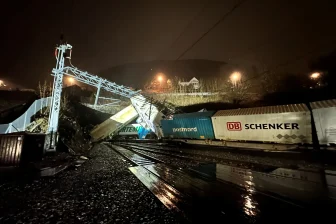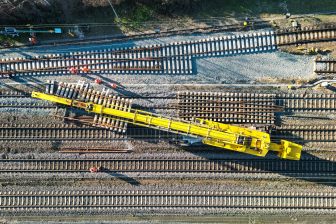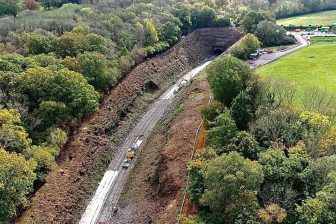How ProRail uses wayside monitoring systems
In the upcoming period until 2030, Dutch railway manager ProRail expects a large increase in passenger and freight transport. Wayside monitoring systems can help to improve and make better use of the capacity. What insights do they gain from this data?
Want to read more?
You have read all of your free premium articles for this month. Please become a subscriber to keep reading.
Subscribe now!
Take advantage of our exclusive offer to get full access to all premium content.



